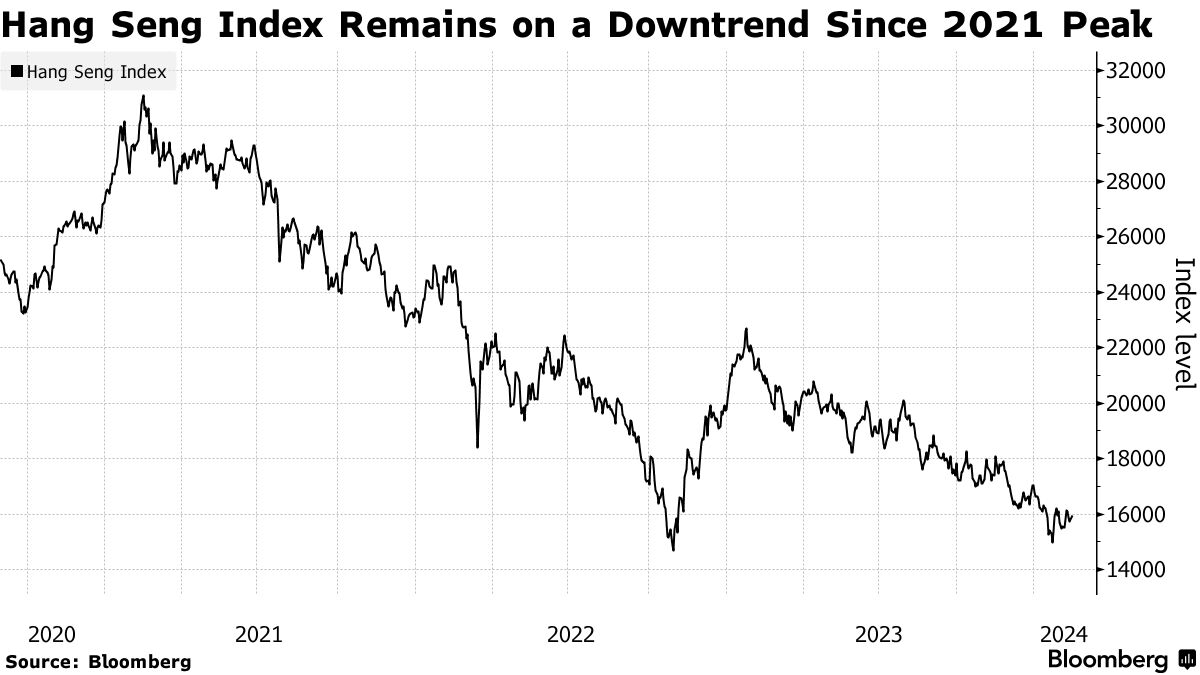The Hang Seng Index (HSI)—Hong Kong’s flagship stock index—has long been a bellwether for both local and international investor sentiment in Asia. After facing prolonged headwinds due to China’s economic slowdown, tech crackdowns, and geopolitical tensions, the HSI has shown signs of recovery in 2025, rebounding to levels not seen in months.
But is this rebound sustainable? What are the driving forces behind the Hang Seng Index’s performance this year? And what should investors expect moving forward?
In this detailed blog, we explore the recent trends, historical context, key sectors, and future outlook for one of Asia’s most important indices.
1. What is the Hang Seng Index?
The Hang Seng Index was introduced in 1969 and is operated by Hang Seng Indexes Company, a wholly owned subsidiary of Hang Seng Bank. It tracks the performance of the top 40 largest and most liquid companies listed on the Hong Kong Stock Exchange (HKEX).
Key Facts:
- Launched: November 24, 1969
- Constituents: 40 blue-chip companies
- Weighting Method: Free-float market capitalization
- Sectors: Finance, property, tech, utilities, and consumer goods
The HSI is often seen as a proxy for China’s economy, especially since many of the largest Chinese firms (like Tencent, Alibaba, and Meituan) are listed in Hong Kong.
2. Historical Performance: From Highs to Lows
The Hang Seng Index has experienced dramatic highs and deep corrections over the years:
- 2007 Peak: Crossed 31,000, driven by China’s boom and global optimism.
- 2018 Decline: Affected by U.S.-China trade tensions.
- 2021–2022 Crash: Lost nearly 30% of its value due to China’s regulatory clampdown on tech, COVID-19 lockdowns, and a real estate crisis.
- 2023 Recovery: A slow rebound as China reopened and economic activity resumed.
2025 So Far:
As of July 2025, the HSI has reclaimed the 24,500 level, rising nearly 9–10% YTD. This is the strongest start since 2021 and signals a return of foreign capital into Hong Kong’s equity markets.
3. What’s Driving the 2025 Rebound?
✅ 1. Improved Sentiment Around Chinese Economy
China’s economy has seen green shoots in 2025:
- Consumer confidence has improved.
- Industrial output and exports rose YoY in Q2.
- Policy stimulus (interest rate cuts and tax breaks) has begun to show results.
This recovery has translated into stronger earnings for HSI-listed firms.
✅ 2. Tech Sector Stabilization
Tech stocks like Tencent, Alibaba, and Baidu were previously hammered by China’s crackdown. In 2025, with regulatory pressure easing and global AI enthusiasm rising, these stocks have rebounded sharply.
- Tencent is up ~15% YTD on the back of strong gaming and cloud business.
- Alibaba announced a share buyback program and restructured its core businesses, boosting investor confidence.
✅ 3. Foreign Inflows Return
After years of foreign capital fleeing the region, global fund houses are returning to Hong Kong:
- Attractive valuations (P/E ratios well below global averages).
- Relatively weaker dollar in 2025 makes Asian assets more appealing.
- Hong Kong’s stock connect program continues to attract mainland Chinese investors.
4. Sector Breakdown: Who’s Leading the Rally?
📈 Top Performing Sectors:
- Technology: Benefiting from AI-led optimism and easing regulation.
- Financials: Major banks like HSBC and Bank of China are gaining as interest rate cuts stimulate lending.
- Consumer Discretionary: Rising domestic consumption is lifting stocks like Li Ning and Haidilao.
📉 Lagging Sectors:
- Real Estate: Still under stress due to overcapacity and slow price recovery.
- Utilities & Telecoms: Flat to mildly negative performance, due to weak pricing power and low innovation.
5. Risks and Headwinds to Watch
Despite the recent rally, several risks could dampen the HSI’s upward momentum:
❌ 1. China’s Structural Issues
- Youth unemployment remains high.
- Property sector still fragile.
- Local government debt is mounting.
❌ 2. Geopolitical Tensions
- U.S.-China relations remain tense, especially around Taiwan, semiconductors, and trade barriers.
- Any escalation could spook investors and lead to capital flight.
❌ 3. U.S. Interest Rates
While the U.S. Federal Reserve is expected to pause rate hikes in 2025, any unexpected inflationary spike could lead to renewed tightening, which might hurt global equity flows, including into Hong Kong.
6. HSI vs Other Asian Indices
| Index | YTD Return (2025) | Key Drivers |
|---|---|---|
| Hang Seng | +9.2% | China rebound, tech rally |
| Nikkei 225 | +5.8% | BoJ easing, semiconductor boom |
| Sensex (India) | +12.5% | Strong macro data, FII inflow |
| KOSPI (South Korea) | +6.4% | Samsung-led recovery, AI bets |
Observation: While India continues to outperform in Asia, Hong Kong’s comeback story is gaining steam, especially among value investors.
7. Analyst Sentiment and Outlook
📊 Analysts’ Viewpoints:
- Goldman Sachs raised its HSI target to 26,000 for 2025 citing valuation comfort and earnings upside.
- Morgan Stanley is “neutral,” cautioning against premature optimism, especially if earnings downgrades emerge.
- Citi sees “selective opportunities” in tech, banking, and infrastructure-related stocks.
🔮 What’s Ahead?
The second half of 2025 will be crucial:
- Earnings season (Q2/Q3) will test the sustainability of the rebound.
- Beijing’s next round of stimulus announcements could further lift sentiment.
- A peaceful U.S. election outcome could also reduce global volatility.
8. Investor Tips: Navigating the HSI in 2025
If you’re considering investing in the Hang Seng Index or related ETFs, here are a few pointers:
✅ Do:
- Focus on tech and financials – these are driving the current rally.
- Consider HSI ETFs (e.g., iShares MSCI Hong Kong ETF) for diversified exposure.
- Track mainland China’s policy decisions – they directly impact HSI’s trajectory.
❌ Avoid:
- Overexposure to property sector stocks—still too volatile.
- Short-term trades based on geopolitical headlines—stay data-driven.
- Assuming HSI will repeat 2007-level highs soon—it’s a long road back.
9. Final Thoughts: Long Road to Recovery, but Signs Are Encouraging
The Hang Seng Index is showing signs of resilience after years of underperformance. With tech reviving, foreign inflows resuming, and valuations remaining attractive, 2025 could be the year that marks a structural comeback for Hong Kong equities.
However, the ride will be anything but smooth. Investors must keep a close watch on macroeconomic signals from China, geopolitical developments, and corporate earnings.
For long-term believers in Asia’s financial core, the HSI’s current levels might present an opportunity. But caution, diversification, and patience remain key.
🧠 Did You Know?
- The Hang Seng Index aims to represent about 60% of the total market capitalization of the HKEX.
- It includes companies listed in both Hong Kong and mainland China (H-shares).
- The index is reviewed quarterly to ensure it reflects current market dynamics.
Would you invest in the Hang Seng Index in 2025? Let us know your thoughts below and follow for more market insights across Asia and the globe!

